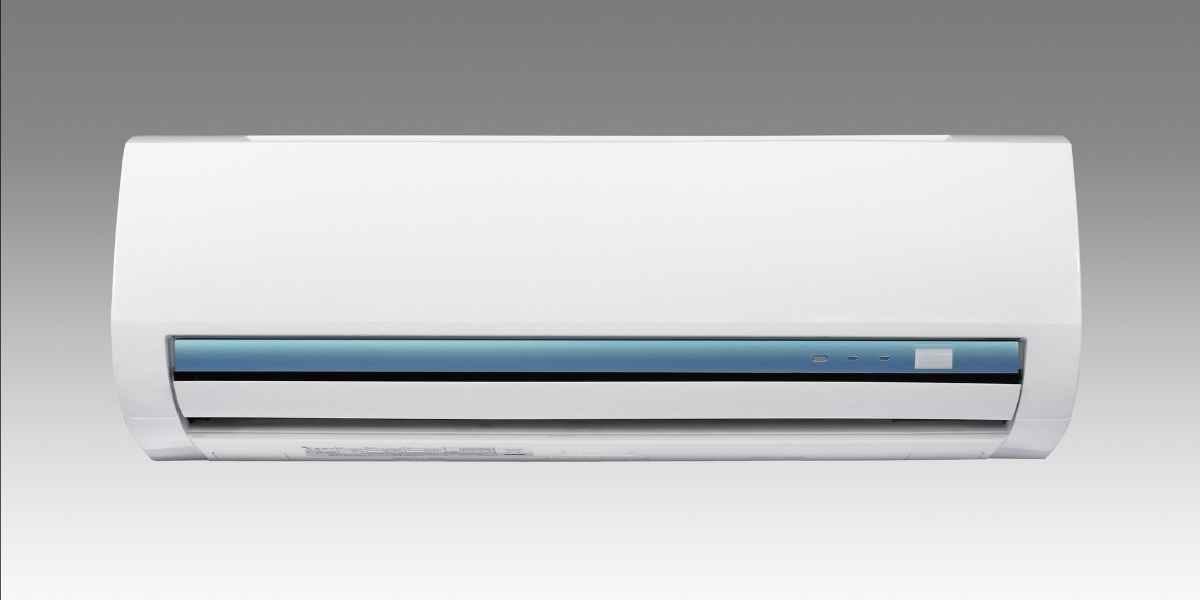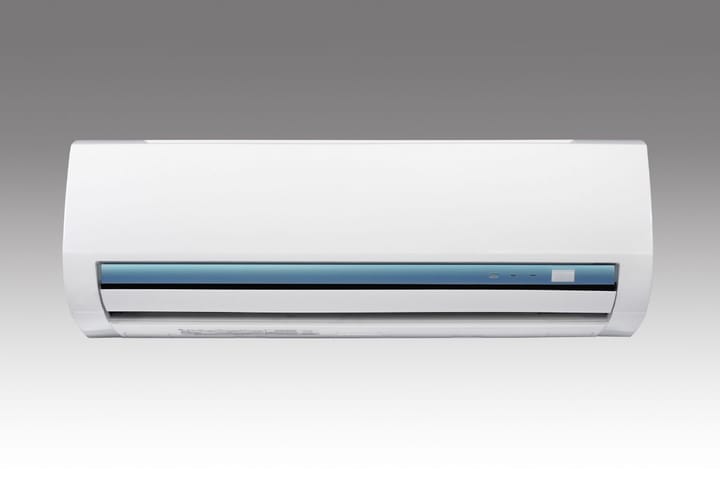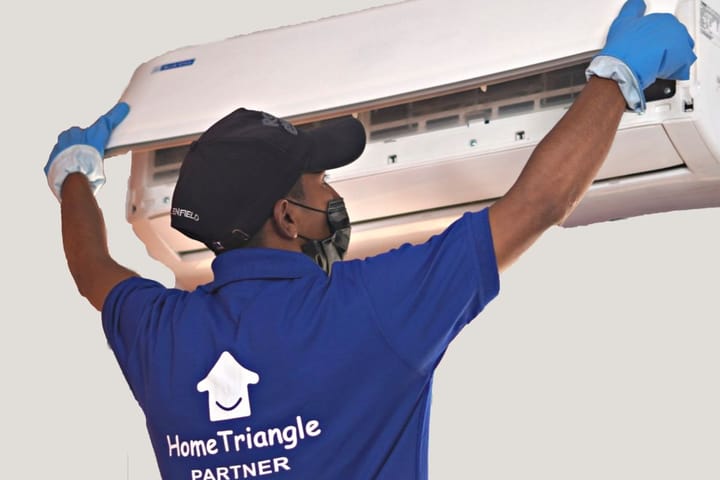Future of Cooling: Response to climate, technology, and growing consumer demands.
Exploring the evolution of cooling technology and its role in meeting the challenges of climate change and consumer expectations for a sustainable future.

Imagine that it is a scorching summer day and that you can sense the heat descending upon you. You enter your workplace building, glad to be out of the oppressive weather. However, as you proceed to your workstation, you catch sight of the air conditioning machines whirring away and find yourself wondering: at what cost?
Climate change and cooling
Cooling is a critical aspect of modern living, and it has become a necessary component of homes and buildings worldwide. The use of energy for space cooling has become a major concern as it has grown faster than any other end use in buildings. Since 1990, the need for cooling has increased threefold, and there are now more than 1.6 billion air conditioners in use globally, with more than half found in China and the United States.
The projected growth in energy use for space cooling by 2050 comes from the emerging economies, with India, China, and Indonesia contributing half of global cooling energy demand growth. The efficiency of ACs varies widely, and in all major markets today, people are typically buying air conditioners whose average efficiencies are less than half of what is available.

ACs themselves only emit greenhouse gases (GHGs) when leakage or improper disposal of refrigerants occurs, though these refrigerants are extremely powerful GHGs that contribute to climate change.
But the generation of the electricity needed to power those ACs gives rise to sizeable emissions, except in the case of pure renewables-based cooling systems. Emissions of GHGs related to the use of energy for space cooling hinge primarily on the fuel mix in power generation. For the world as a whole, fossil fuels accounted for 65% of total power generation in 2016 (coal for 37%, gas 24% and oil 4%), resulting in average emissions of around 505 grams of carbon dioxide (CO2) per kWh (gCO2/kWh) of generation (the carbon intensity). Space cooling required a total of 2 000 TWh of electricity in 2016, corresponding to emissions of 1 130 million tonnes (Mt) of CO2 based on the carbon intensity of electricity generation at times of air-conditioning demand and taking account of losses in transmission and distribution.
Technological advancements
The overwhelming bulk of ACs in use throughout the world are based on vapour compression refrigeration cycle technology, which is also used in most refrigerators. This technology exploits a basic law of physics: when a liquid converts to a gas (in a process called phase conversion), it absorbs heat; and when it condenses again (to a liquid), it releases heat. ACs exploit this feature of phase conversion by forcing either natural or special chemical compounds, known as refrigerants, to evaporate and condense repeatedly in a closed loop of coils. The vast majority of those refrigerants in use today are human-made gases, with significant global warming potential.
Refrigerants have properties enabling them to change state at relatively low temperatures. A fan moves warm interior air over the cold, low-pressure evaporator coils. The refrigerant inside the coils absorbs heat as it changes from a liquid to a gaseous state, and thus cools the air. To keep cooling, the AC converts the refrigerant gas back to a liquid again.
A less common and simpler form of air conditioning is evaporative cooling, which does not require a compressor or condenser, but does require a climate that is hot and dry.
Another type of AC, typically used in the commercial (i.e. non-residential) sector, is a “thermally driven” adsorption or absorption chiller. Such chillers can be fuelled by gas or other sources of heat, such as industrial excess heat or solar thermal energy, which replaces the electricity used by a mechanical compressor.
In practice, standard ACs are available in different configurations: they can be packaged or split; ducted or ductless; portable or stationary; small or large


Growing consumer demands.
Consumer demands are growing and changing due to a variety of factors, be it either environmental concerns, energy efficiency, or technological advancements.
First of all, customers are searching for air conditioners that are more eco-friendly, energy-efficient, and utilise renewable resources. Second, smart air conditioning devices that allow for ease and customisation. For instance, a remote device with a nightlight feature, setting an app to turn on or off the AC at a specific time of day, etc. Thirdly, for producing a healthy interior atmosphere, air conditioners with cutting-edge features like air purification, heat pump technology, and dehumidification are highly desirable.
Lastly, the increasing temperature of earth and the related environmental damage is forcing people to buy ACs to overcome the heat, which is the result of why the global stock of air conditioners in buildings will grow to 5.6 billion by 2050, up from 1.6 billion today – which amounts to 10 new ACs sold every second for the next 30 years, according to the IEA's report.
INDIA COOLING ACTION PLAN
Ozone CellMinistry of Environment, Forest & Climate ChangeGovernment of India
DOWNLOAD PDFRecommendations
Governments of nations with significant cooling demand need to act quickly to control the rise in energy use for that purpose and prevent the potentially major economic and environmental costs that could result. Well-defined policy actions can deliver significant energy savings and emissions reduction by stimulating the widespread deployment of energy-efficient ACs, including the appliances and systems themselves, and, in the longer term, more efficient building technologies that limit the need for mechanical air conditioning.
Achieving the energy and carbon dioxide (CO2) emissions reductions envisioned in the Efficient Cooling Scenario will require strong, consistent, stable and balanced policy support.
The government's role in establishing the policy and regulation structure necessary to make those investments happen will be crucial. The investments needed to place the world on a sustainable cooling course will mainly need to be made by private players and people. Governments can take into account the following measures if they want to effectively handle the rise in cooling energy demand in a fair, economical, and sustainable way:
1. Develop and implement a comprehensive national policy on cooling
2. Develop and enhance regulatory measures
3. Improve information availability, quality and impact on consumers
4. Improve information availability, quality and impact on professional decision makers
5. Bolster incentives and funding for energy efficiency
6. Bolster international collaboration on cooling-related research
In order to keep the future of cooling sustainable and eco-friendly, consumers too need to maintain their ACs. So if you too are looking to get an AC servicing then contact Hometriangle. Be it AC servicing, AC repair services, AC installation, AC gas refill, HVAC maintenance or AMC works, Hometriangle is always just a call away.




Comments ()